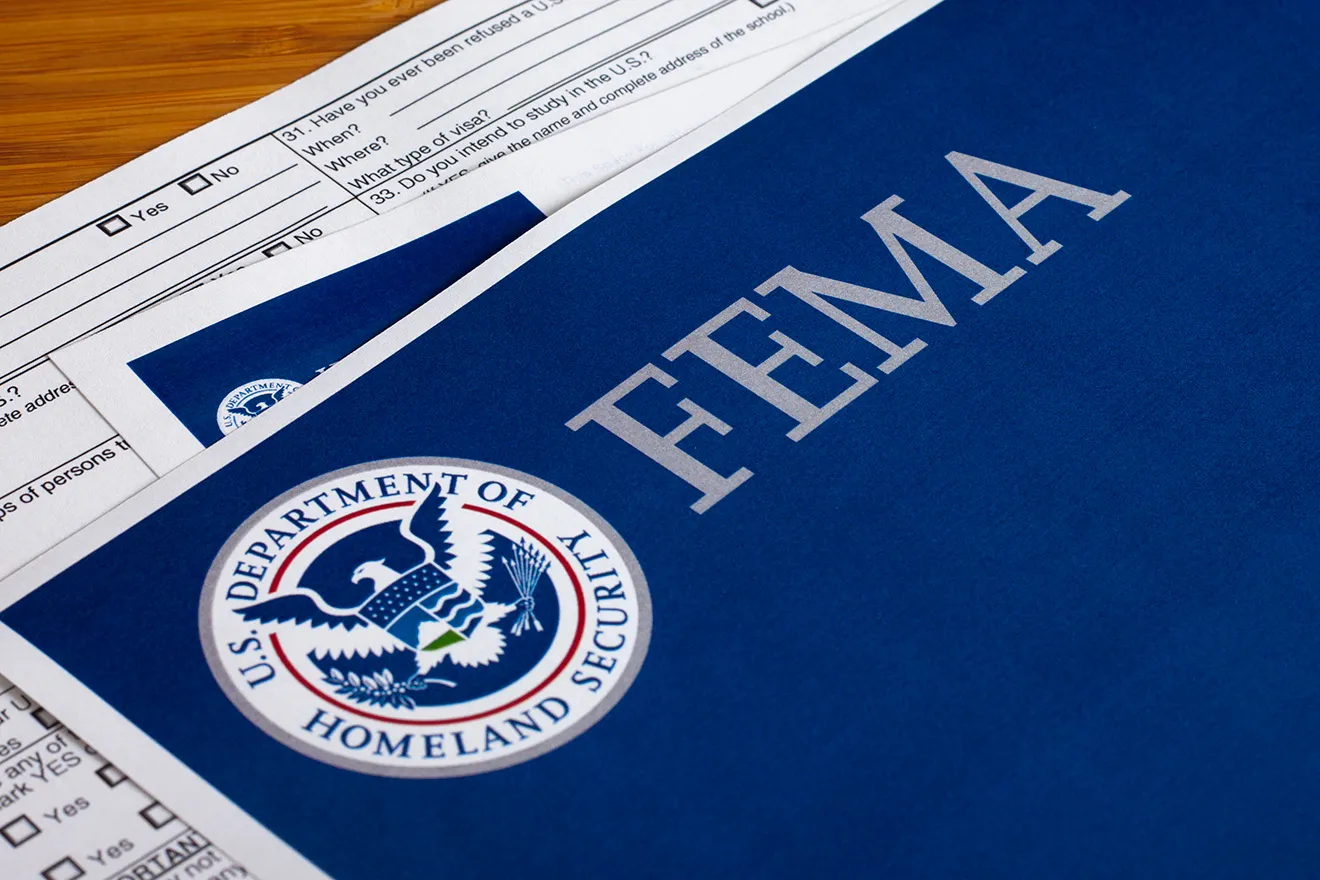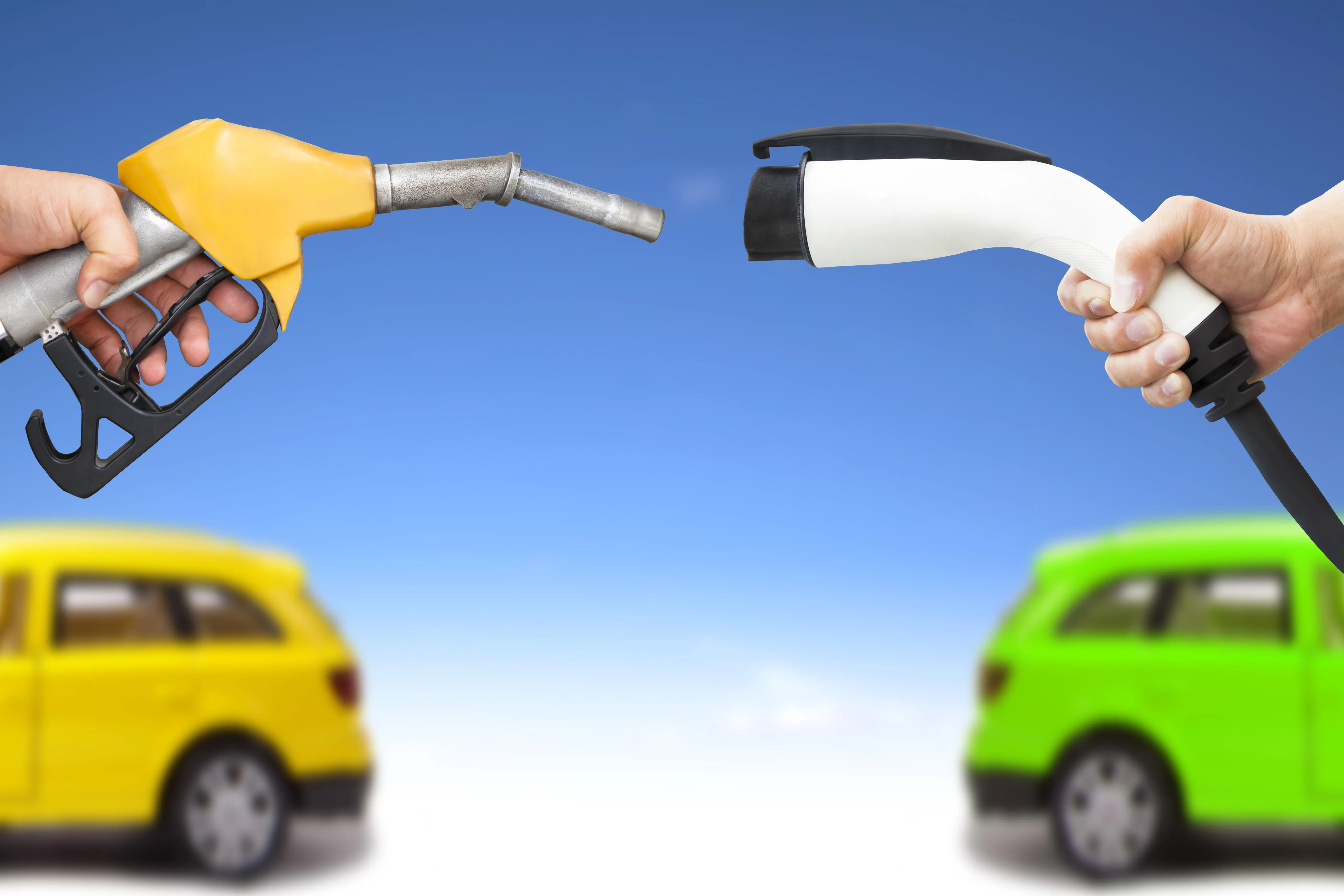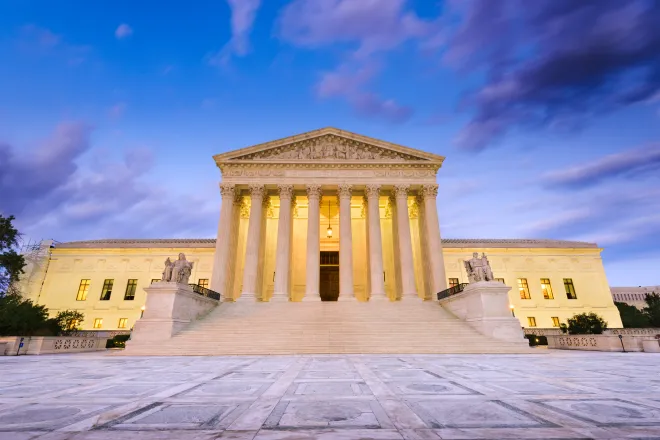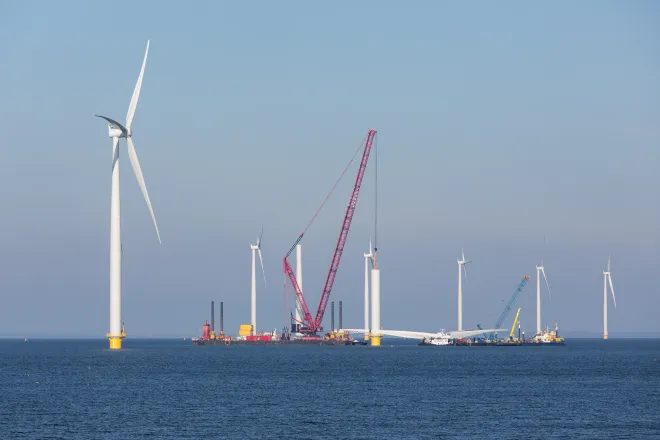
EarthTalk – Why doesn’t the U.S. burn trash like Sweden?
© iStock
Dear EarthTalk:
I’ve heard that Sweden incinerates most of its trash. Why don’t we do more of this in the U.S., given that we’re running out of landfill space?
Oscar Gentry, New Bern, NC
Sweden does burn the vast majority of its trash—only one percent of the country’s waste ends up in landfills—and even makes a profit by importing trash from neighboring countries to process in its high-efficiency, low emission incinerators. And it makes a lot of sense, given the huge toll landfills take on the environment, leaking liquids into surrounding soils and polluting groundwater while sending huge amounts of methane, a potent greenhouse gas, into the atmosphere.
Burning waste in an uncontrolled setting is undeniably terrible for the environment, given the huge load of carbon dioxide, dioxin and volatile organic compounds sent skyward. But in a modern waste incineration facility, excess gases leftover after the trash is burned undergo a thorough filtering and scrubbing process that complies with stringent environmental standards (delineated in the Clean Air Act here in the U.S. and by even stricter rules across the European Union). Furthermore, incinerating trash reduces its volume by 87 percent, which directly translates to an equivalent reduction in the amount of space required for landfills.
At this point, much of the world has adopted waste-to-energy (WTE) technologies, with almost 800 facilities around the world. In the EU, there are about 400 WTE facilities currently in operation. In the U.S., however, there are only 77. This is somewhat surprising, especially given that landfills are America’s third largest methane emitter. Additionally, America is one of the largest waste producers in the world, both as a nation, and per capita. Why not convert all this waste into energy?
But WTE has faced many stumbling blocks in the U.S. Public stigma against WTE has played a significant role in preventing widespread adoption of this technology here. It seems Americans just can’t accept the idea that burning trash could actually be a good thing for the environment or public health. While this attitude is understandable, it would likely fall apart if more of us knew the facts.
Another issue for WTE in the U.S. is economics. In Europe and other countries, WTE plants receive government funding, and landfilling rates are often higher. In the U.S, it is still often cheaper to landfill waste than to turn it into energy.
However, WTE could still have a future in America. In many areas where landfill rates are expensive, WTE is increasingly looking like a promising solution. If these rates continue to rise, and the government decides to reallocate some of its funding, we might be seeing more WTE plants come online before long.
More data coming in from other countries about the benefits they’re deriving from WTE operations could also accelerate this adoption process. Finally, advances in scrubbing and cleaning technologies will likely reduce the negative impact of incineration even more.
You can help facilitate the transition to WTE by encouraging local officials to consider it as a viable option for expanding waste management capacity given the shrinking amount of landfill space available to municipalities everywhere and lack of other good options for getting rid of our garbage.















